“We should go camping in Miramar just you, me and Danny” said Joni. “Daddy and the others don’t like camping anyway”. Which is true. So we piled a heap of stuff in the car, including enough bedding for a couple of potentially sub-zero nights, and a packet of marshmellows for good measure, and drove the couple of hours to the shores of the big salt lake known as the Mar Chiquita, literally “little sea”, and our favourite campsite on the edge of the small town of Miramar. It was cold to go in the water, although we did get in up to our ankles at various points, sometimes intentionally. Otherwise we walked, birdwatched, flew kites, clambered on rocks and trees, hired a funky four-wheeled bike with “uber” painted on it (I loved that, would probably be sued for copyright anywhere else in the world), made fires, toasted marshmallows, and generally had a fine few days playing Swallows and Amazons.
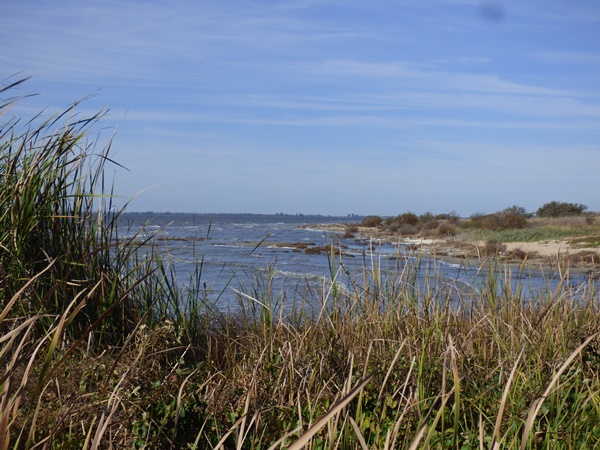
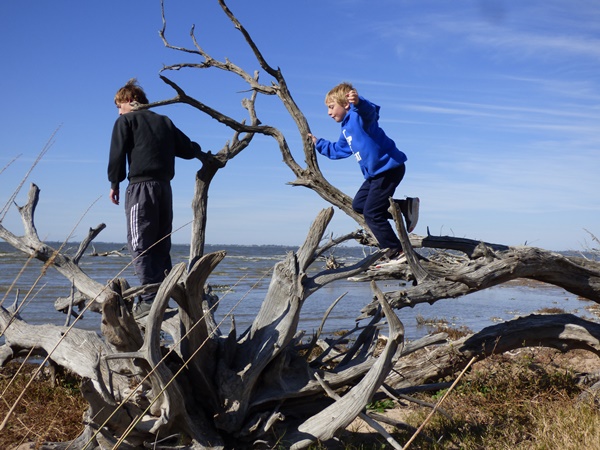
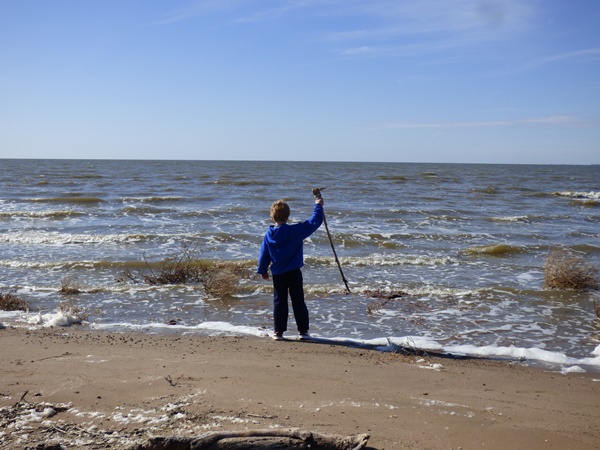
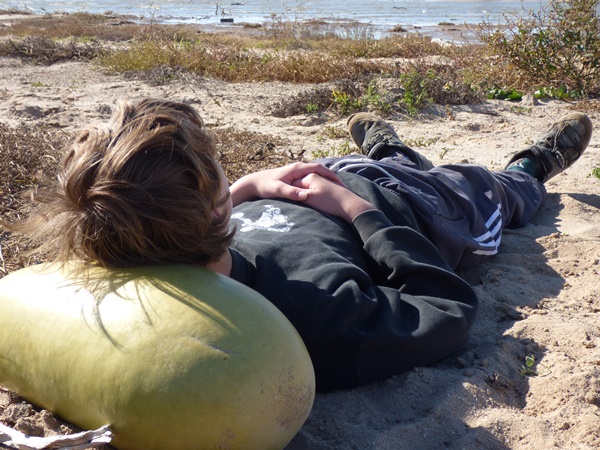
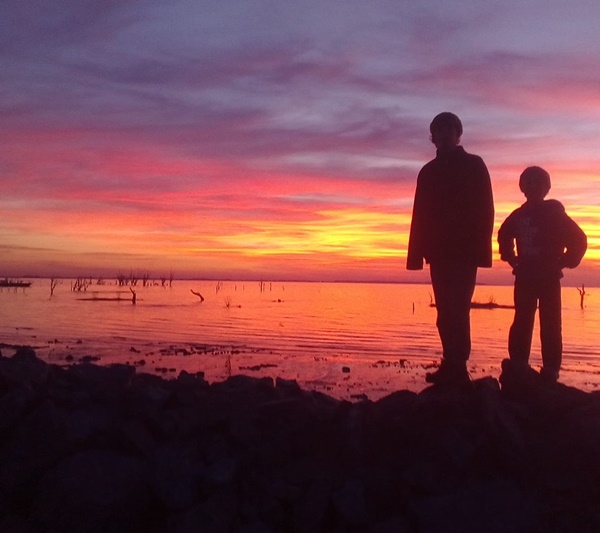
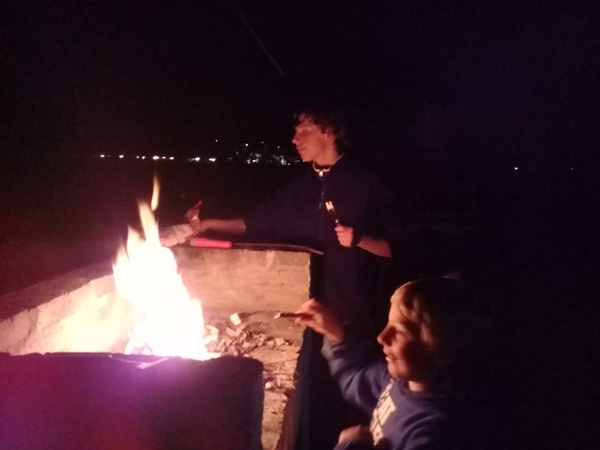
From one of our regular contacts in the bird observatory, I managed to source and purchase a copy of a newly published book of birds of Cordoba province. There are over 300 species in the Mar Chiquita reserve, and we had some adventurous walks tracking down a small percentage. Here are a few specimens that we managed to photograph.
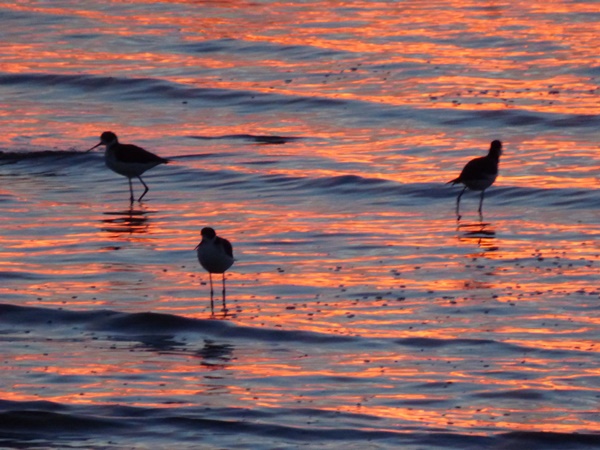
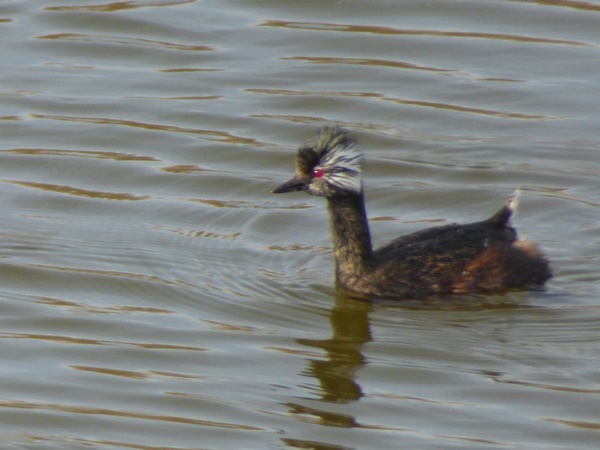
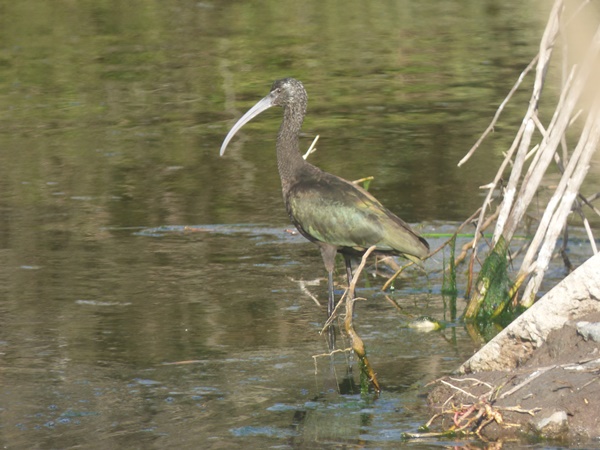
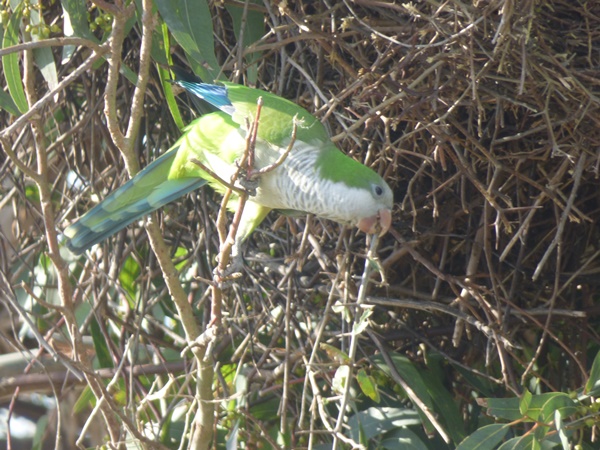
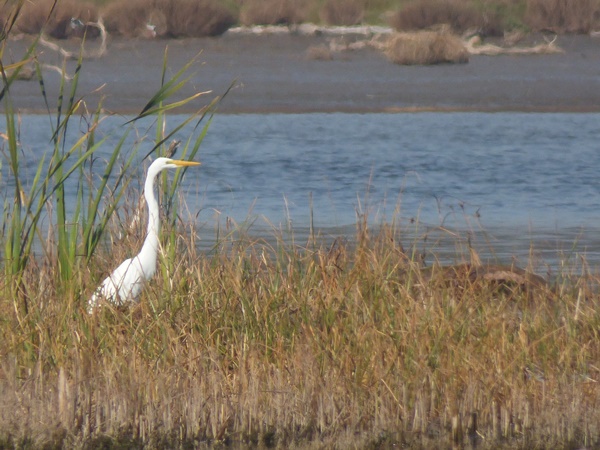
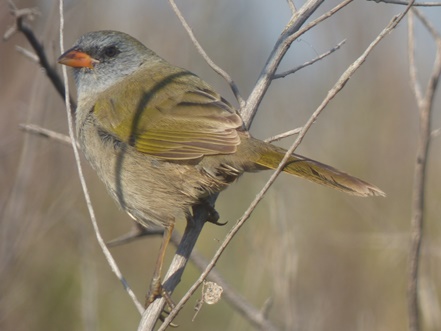
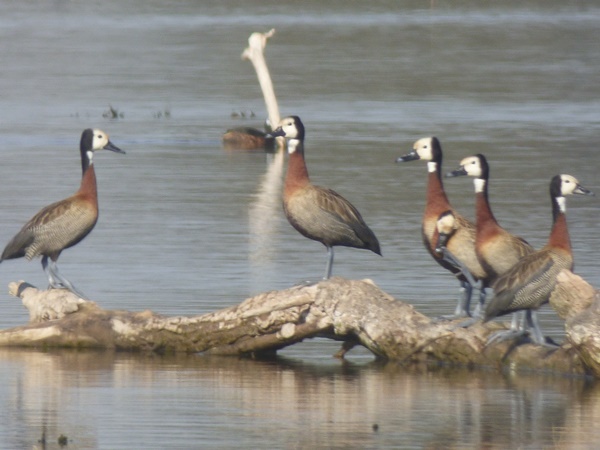
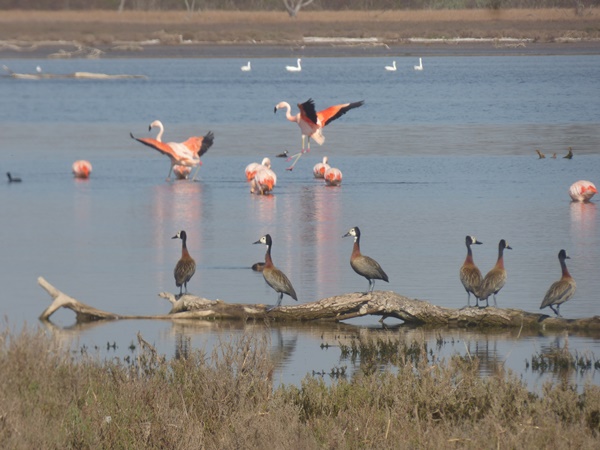
For anyone who might be wondering why the names aren´t the same in English and Spanish, it´s because they aren´t direct translations. They are simply the different names that the English-speaking and Spanish-speaking worlds use for the same bird.
And now today school has gone back, boohoo, and the routine starts again.